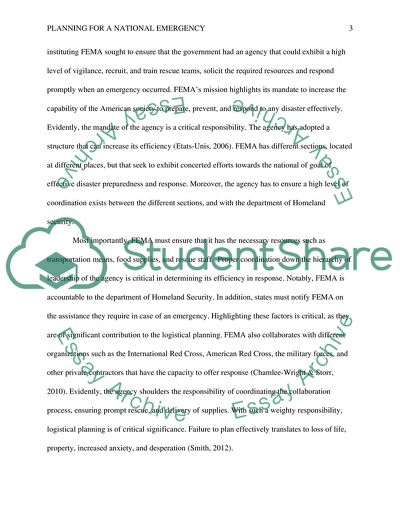Cite this document
(Planning for a National Emergency Research Paper, n.d.)
Planning for a National Emergency Research Paper. Retrieved from https://studentshare.org/social-science/1807928-logistical-planning
Planning for a National Emergency Research Paper. Retrieved from https://studentshare.org/social-science/1807928-logistical-planning
(Planning for a National Emergency Research Paper)
Planning for a National Emergency Research Paper. https://studentshare.org/social-science/1807928-logistical-planning.
Planning for a National Emergency Research Paper. https://studentshare.org/social-science/1807928-logistical-planning.
“Planning for a National Emergency Research Paper”, n.d. https://studentshare.org/social-science/1807928-logistical-planning.


